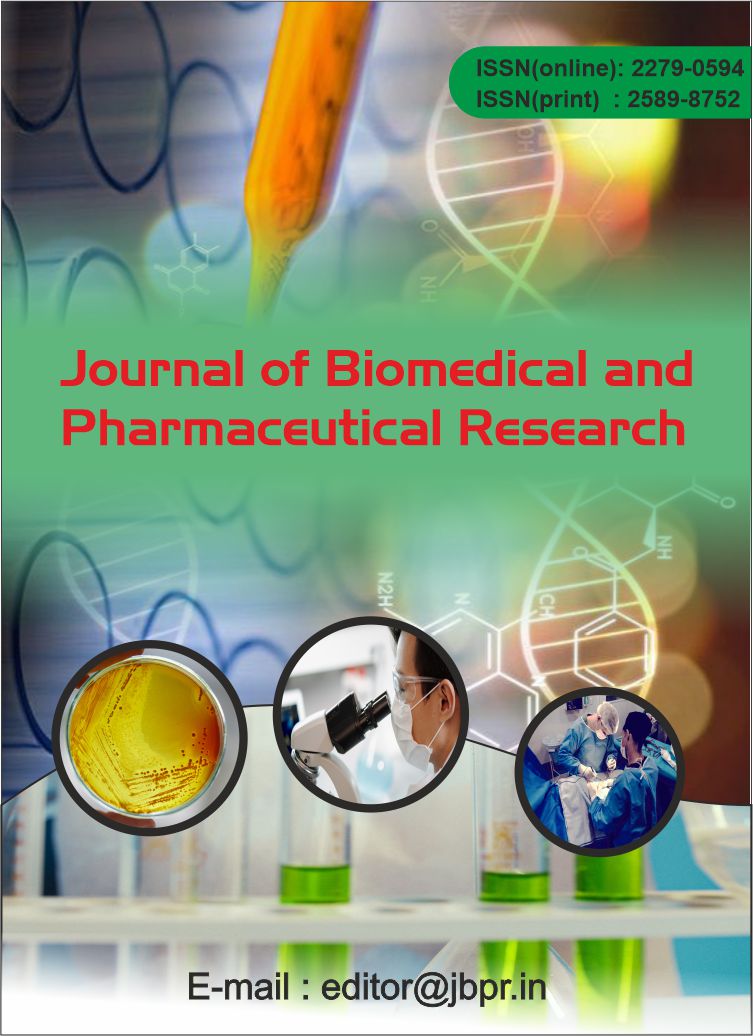Analysis of Susceptibility Patterns of Mycobacterial Isolates in Patients with Pulmonary Tuberculosis
Abstract
Pulmonary tuberculosis (TB), caused by Mycobacterium tuberculosis (Mtb), remains a significant global health burden. This study analyzes the susceptibility patterns of mycobacterial isolates obtained from patients with pulmonary tuberculosis (PTB). The research investigates the antimicrobial resistance (AMR) profiles of clinical isolates to key anti-TB drugs, including rifampicin, isoniazid, and ethambutol, among others. In light of the rising cases of multi-drug resistant tuberculosis (MDR-TB), understanding the resistance patterns of Mtb is crucial for optimizing treatment regimens. Mycobacterial isolates from sputum samples were collected from 100 PTB patients. The susceptibility to first-line and second-line drugs was tested using the agar proportion method and the GeneXpert MTB/RIF system for rifampicin resistance. The study revealed a significant prevalence of resistance to first-line drugs, with a high proportion of patients exhibiting multidrug-resistant tuberculosis (MDR-TB). The resistance patterns were associated with clinical and demographic factors. This analysis highlights the importance of regular surveillance of susceptibility patterns, tailored treatment strategies, and the need for early detection of MDR-TB in PTB patients.
Keywords: Pulmonary Tuberculosis, Mycobacterium tuberculosis, Susceptibility Patterns, Antimicrobial Resistance, Multidrug-Resistant Tuberculosis, Rifampicin, Isoniazid
![]() Journal of Biomedical and Pharmaceutical Research by Articles is licensed under a Creative Commons Attribution 4.0 International License.
Journal of Biomedical and Pharmaceutical Research by Articles is licensed under a Creative Commons Attribution 4.0 International License.





